Animal Behavior Research blog posts
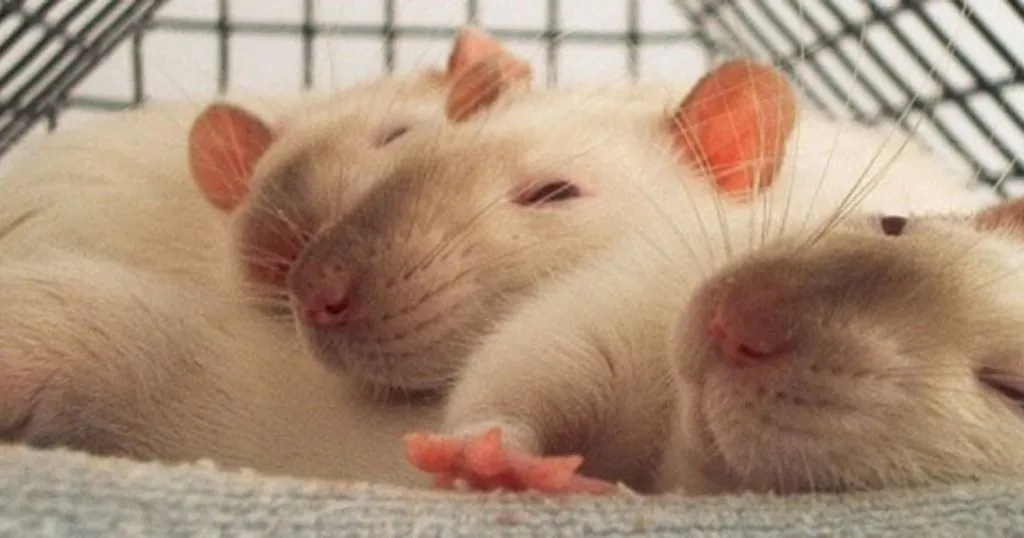
04 Oct
animal behavior research
Autism Spectrum Disorders
The search for autism models continues - why rats are important
Autism (ASD) continues to be an important topic in scientific research. Although finding the actual cause of ASD is still years away, there have been several studies that point to a strong genetic component.
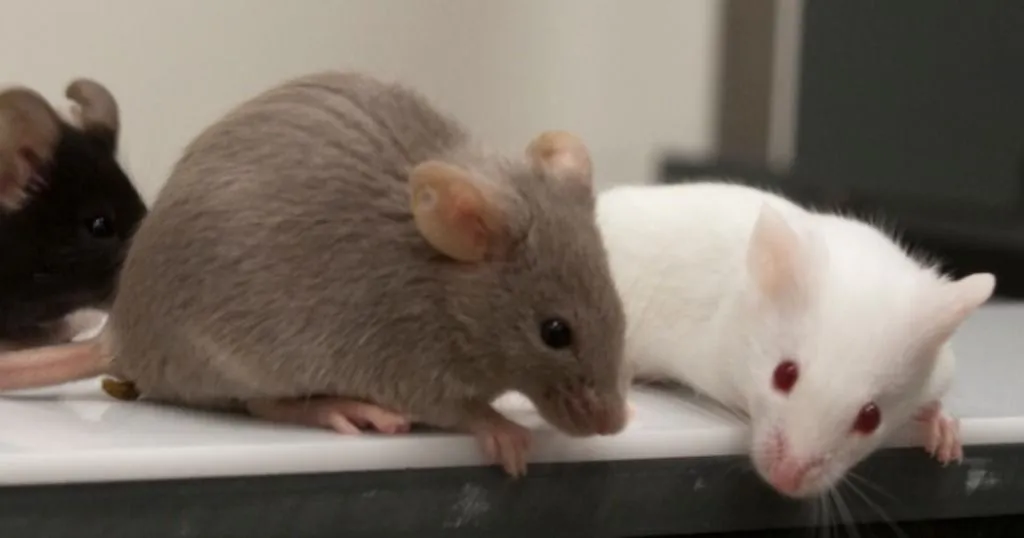
16 Aug
animal behavior research
Alzheimer’s and Parkinson’s
Drunken mice get aggressive on Alzheimer’s drugs
Will there ever be a cure for alcoholism? Well, some laboratory studies show that certain drugs might stop the cravings. But they might also cause serious side-effects such as aggressive behavior.
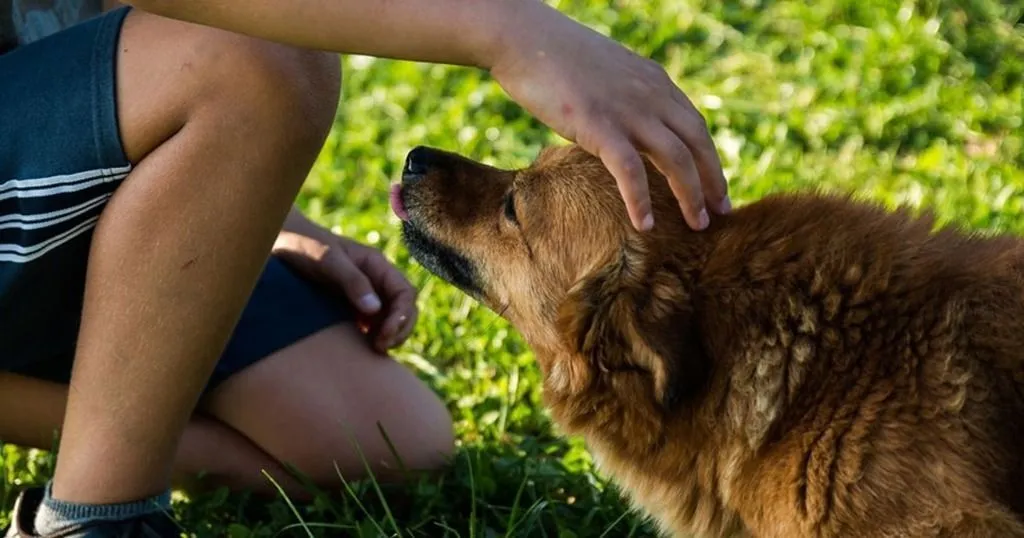
09 Aug
animal behavior research
Social Behavior
A story of dogs and dolls
When finding the right dog for yourself, you probably won’t choose an aggressive one, will you? You don’t want it to attack your friends, kids, or other dogs. You could try using a temperament test, but how reliable are they?

30 Jul
animal behavior research
Social Behavior
Unraveling primate behavior, why do monkeys rub their fur?
Did you know that tufted capuchin monkeys (Cebus apella) rub their fur vigorously with substances such as leaves, fruit, or insects? Such substances are often insecticidal, antiseptic, or anti-inflammatory.
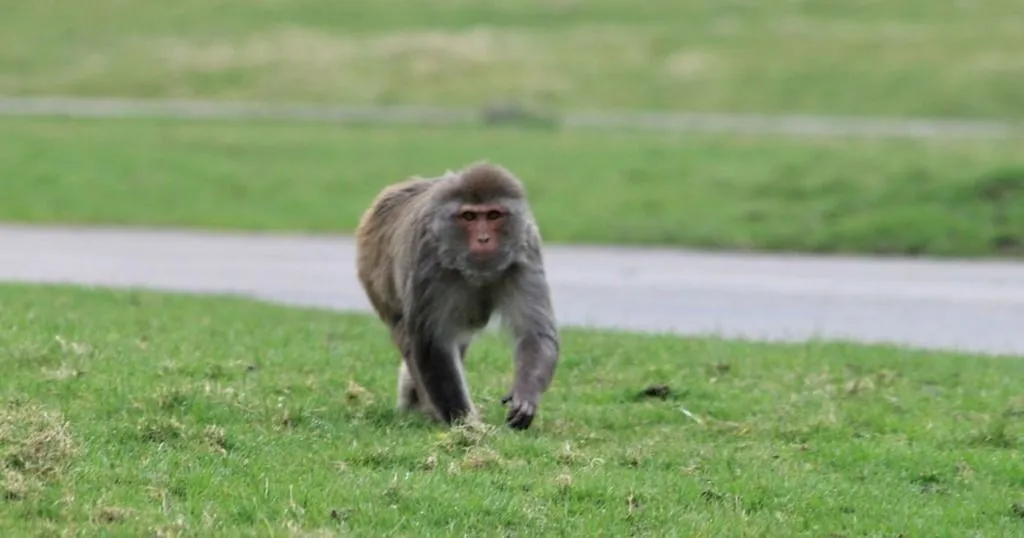
30 Jul
animal behavior research
Social Behavior
Secret sex and promiscuity - Mating behavior of Rhesus monkeys
In Rhesus monkeys the optimal sexual strategy is different for Alpha males, other males and females. Alpha males want females to mate exclusively with them, whereas other males and females benefit from promiscuity.
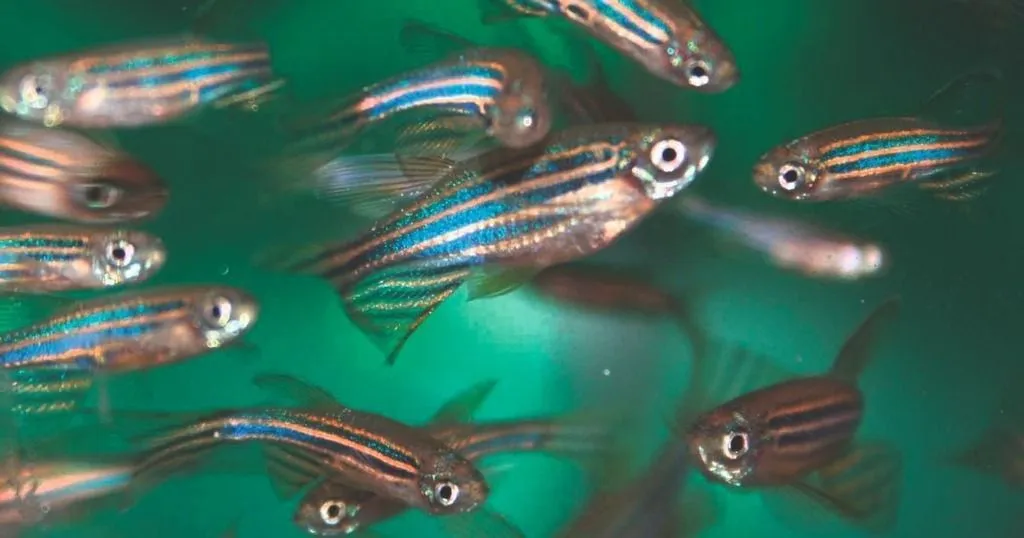
19 Jul
animal behavior research
Zebrafish Research
Sex preference and other social aspects of zebrafish behavior
Social behavior is a well-known topic of neuroscience research, since it is so often affected in psychiatric disorders. Think of obvious examples such as schizophrenia and autism.
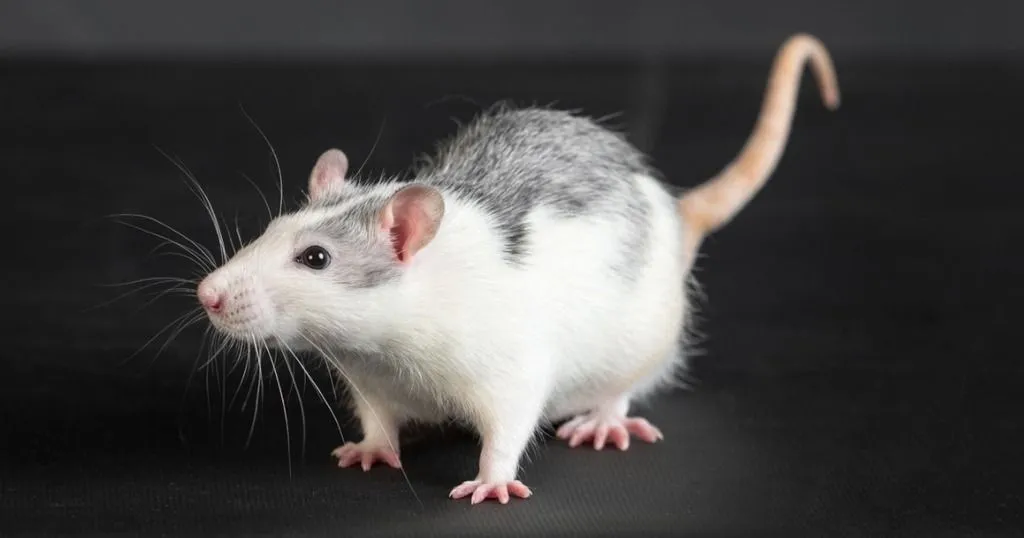
05 Jul
animal behavior research
Gait and Locomotion
Time based relations in gait analysis
I have written two blog posts about static gait parameters. Now it’s time to talk about all four paws, and the time based relationships between them. If you ask me, we’ve been saving the best blog post for last!
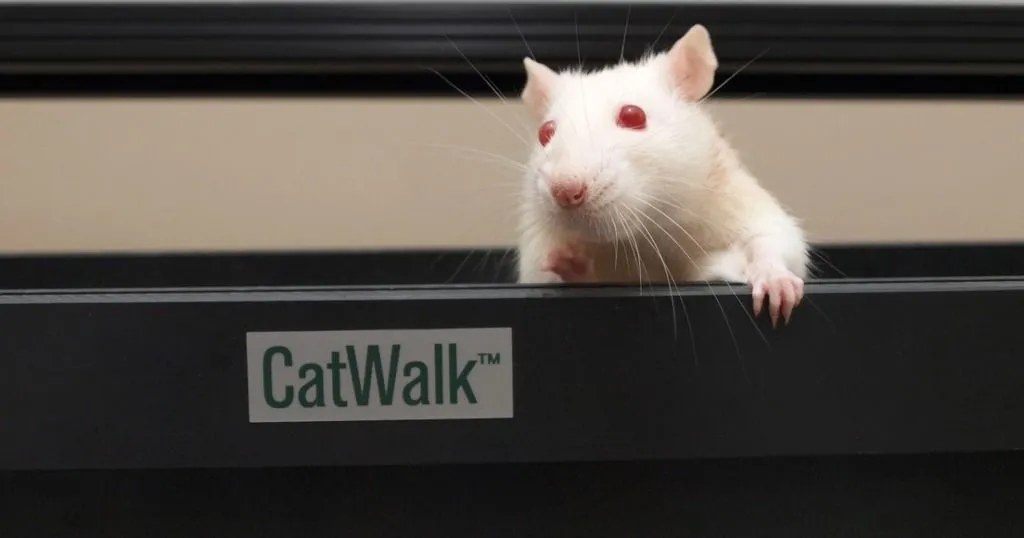
28 Jun
animal behavior research
Gait and Locomotion
Going the distance - and why it matters in gait analysis
A footprint, that is. With CatWalk XT, you can extract a lot of information from just one footprint. In this post, I am taking it a step further by talking about the relationship between prints.
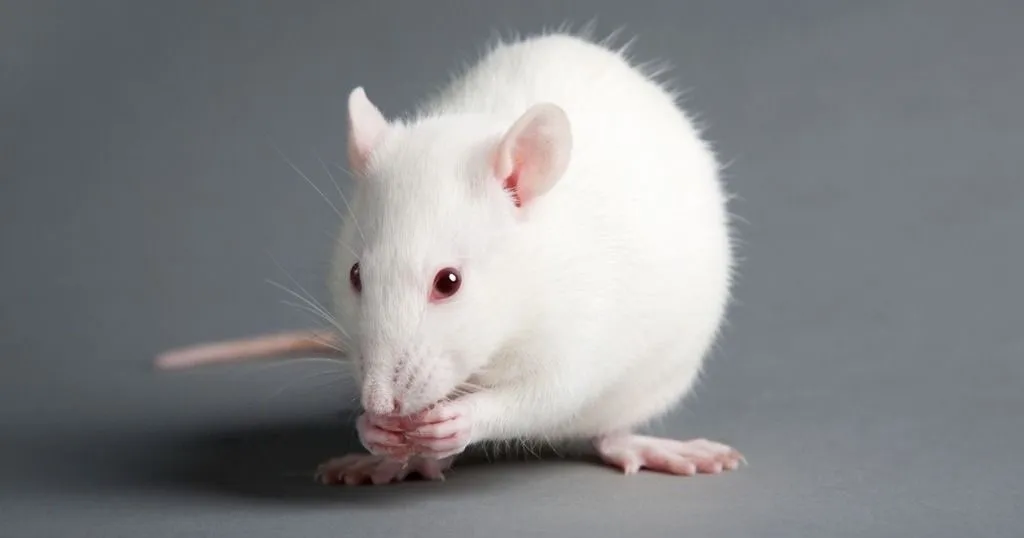
21 Jun
animal behavior research
Gait and Locomotion
What a print can tell
So what can one footprint tell you? Well, it could tell you a lot. Simply putting the paw in ink and studying the print left behind is one way to go about it, but there are far more sophisticated ways of footprint analysis.
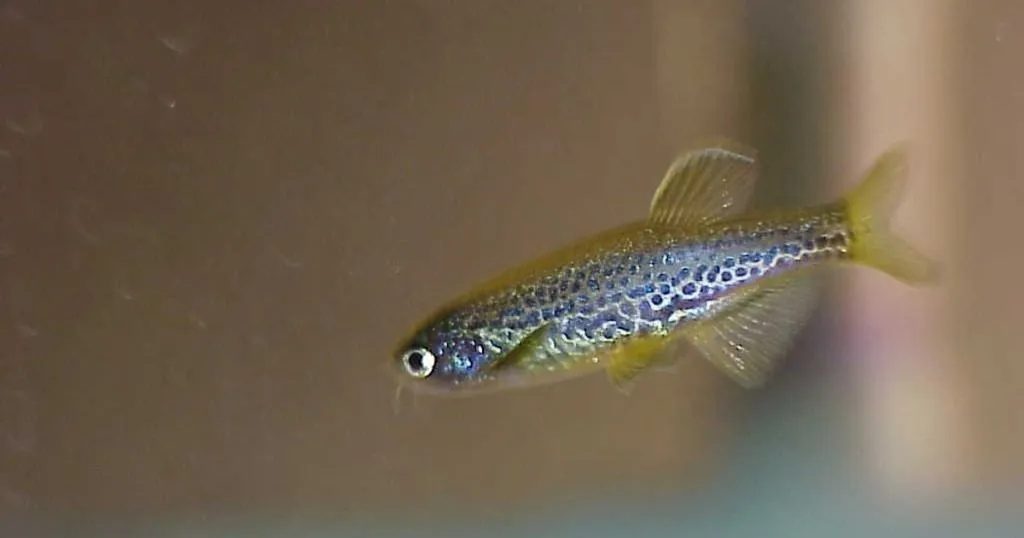
18 Jun
animal behavior research
Zebrafish Research
What we can learn from zebrafish in a T-maze
Scrolling through our recent blogs, you can tell how important zebrafish have become in behavioral research. So we thought it was time to tell you a little more about some popular paradigms. Starting with the T-maze.